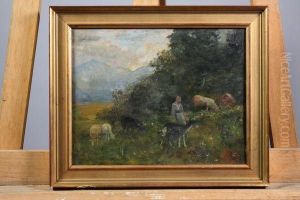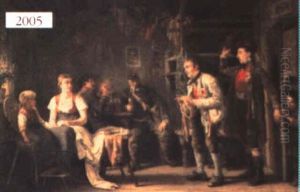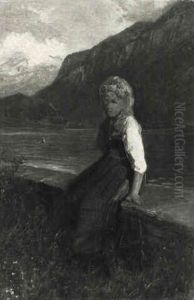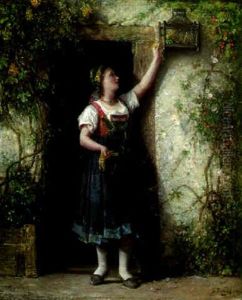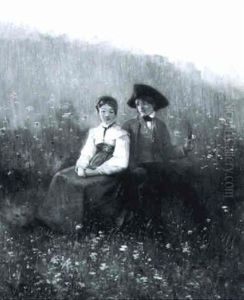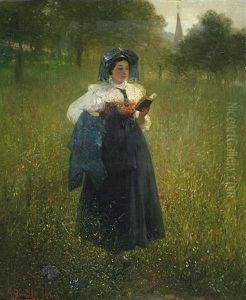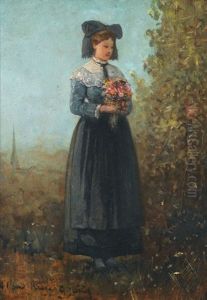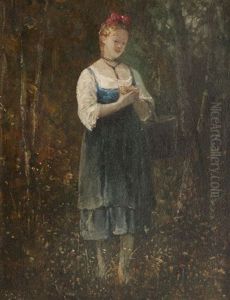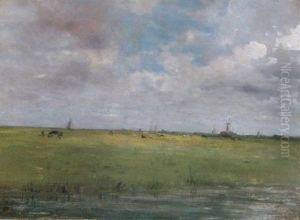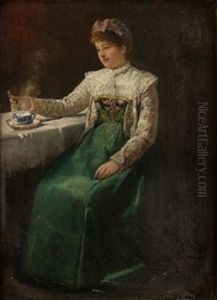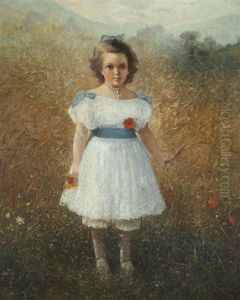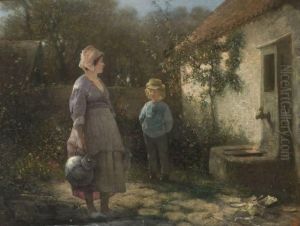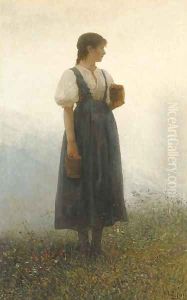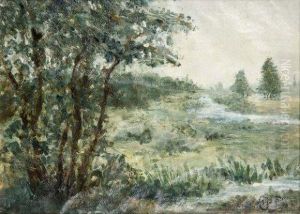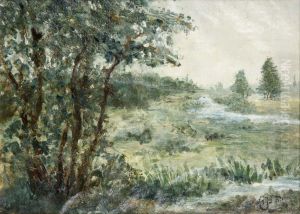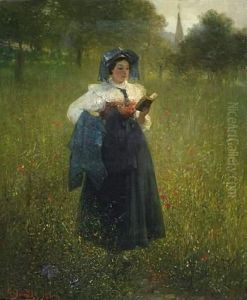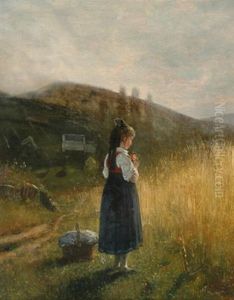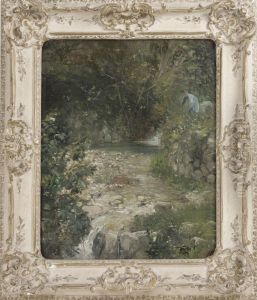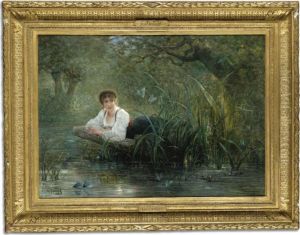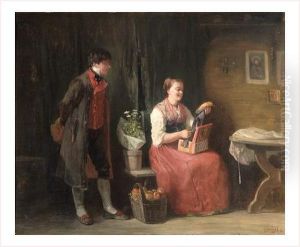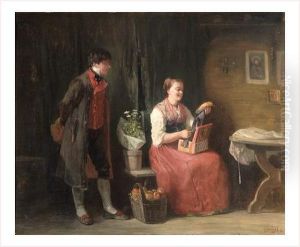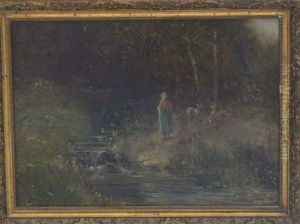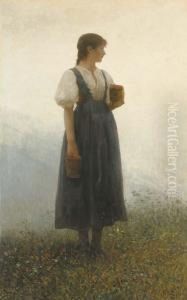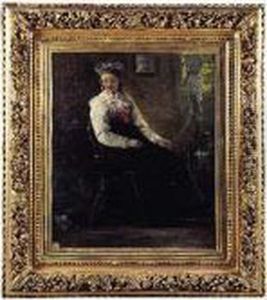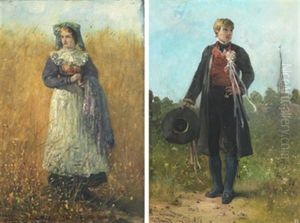Gustave Adolf Jundt Paintings
Gustave Adolf Jundt, born in 1830 in Strasbourg, which at the time was part of France, was a notable French artist recognized for his landscape and genre painting. His artistic journey began early in life, leading him to study art in his hometown before moving to Paris to further his education and career. Jundt's work was greatly influenced by the picturesque and romantic landscapes of his Alsace homeland, as well as the vibrant cultural life of Paris.
During his time in Paris, Jundt became associated with other artists and intellectuals, immersing himself in the city's artistic scenes. His work often depicted scenes of everyday life, capturing the essence of the 19th-century French countryside and urban life with a particular emphasis on the beauty of nature and the simplicity of pastoral scenes. Jundt's adept use of light and color brought his paintings to life, earning him recognition and appreciation among his contemporaries and art enthusiasts.
Despite his talent and contribution to the art world, Jundt remained relatively lesser-known compared to some of his contemporaries. However, his works were exhibited in various salons and galleries, allowing him to establish a modest but dedicated following. His paintings are characterized by their detailed and delicate portrayal of natural and urban landscapes, often infused with a sense of tranquility and a touch of nostalgia for rural life.
Jundt's artistic output was not limited to landscapes; he also produced a number of genre paintings, illustrations, and watercolors, showcasing his versatility as an artist. His approach to art was traditional, focusing on the beauty of the natural world and the simple joys of life, which resonated with the Romantic movement of the time.
Gustave Adolf Jundt passed away in 1884 in Paris. Though he may not have achieved the fame of some of his peers, his work continues to be appreciated for its contribution to the landscape and genre painting of the 19th century. Today, Jundt's paintings can be found in various art collections and museums, serving as a testament to his skill and dedication to capturing the beauty of the world around him.
